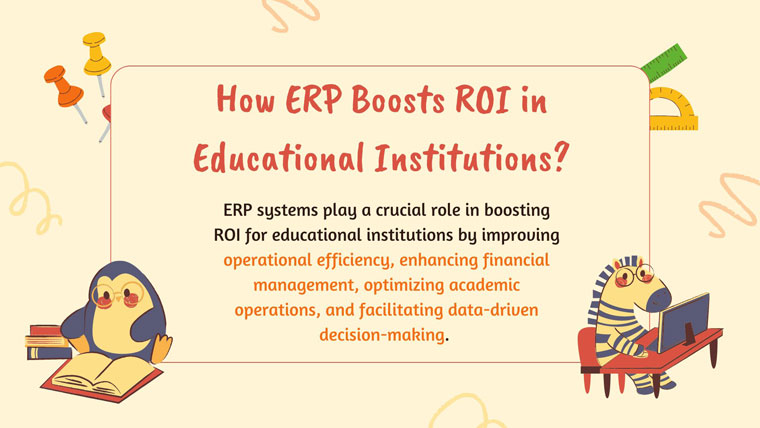ERP (Enterprise Resource Planning) systems revolutionize the way educational institutions manage their operations by providing a unified platform that integrates various administrative functions. This integration consolidates tasks such as student enrollment, scheduling, financial management, and human resources, reducing the need for multiple, fragmented systems and minimizing administrative overhead.
Streamlined Operations: ERP systems automate routine processes, such as scheduling classes, managing grades, and handling financial transactions. This automation significantly reduces manual workload, minimizes errors, and speeds up processing times. For example, automated grading systems streamline the evaluation process, while integrated scheduling tools ensure efficient use of resources.
Enhanced Data Management: With centralized data storage, ERP systems provide a single source of truth for academic records, financial data, and administrative information. This centralization improves data accuracy and accessibility, enabling schools to generate real-time reports and analytics. These insights support informed decision-making and strategic planning, enhancing overall institutional management.
Improved Communication and Collaboration: ERP systems facilitate better communication among staff, students, and parents through integrated messaging and notification features. These tools ensure that all stakeholders are kept informed and engaged, fostering a collaborative environment.
Compliance and Reporting: Automated compliance checks and reporting functionalities help institutions adhere to regulatory requirements and educational standards. This ensures accurate record-keeping and timely reporting, reducing the risk of non-compliance.
Scalability and Adaptability: ERP systems are designed to grow with the institution. As schools expand or evolve, ERP systems can be scaled and adapted to meet new needs, providing long-term flexibility and support.
In summary, ERP systems play a pivotal role in educational institutions by integrating and automating administrative functions, improving data management, and enhancing communication. These capabilities lead to greater efficiency, compliance, and overall effectiveness in managing educational operations.
